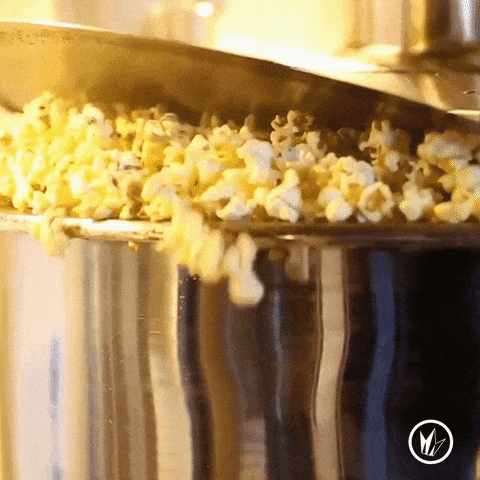Emergent Literacy (EL) Design:
Popping Popcorn with P

Rationale: This lesson will help children identify /p/, the phoneme represented by P. Students will learn to recognize /p/ in spoken words by learning a sound analogy (popcorn popping) and the letter symbol P, practice finding /p/ in words, and apply phoneme awareness with /p/ in phonetic cue reading by distinguishing rhyming words from beginning letters.
Materials: Primary paper and pencil, bag of popping popcorn, microwave in the classroom, word cards with PIG, PAN, POP, PLUM, SPILL, and GLAD (review), worksheet for coloring Pp assessment circling words with /p/ (URL below).
Procedures:
1. *Have popcorn in the microwave ready to start popping once you are ready to begin start the microwave* Say: Our written language is a secret code. The tricky part is learning what letters stand for—the mouth moves we make as we say words. Today we're going to work on spotting the mouth move /p/. We spell /p/ with letter P. P looks like a popcorn kernel, and /p/ sounds like popcorn popping in the microwave. We can make a hand gesture where our fingers explode like how a popcorn kernel does when it pops.
2. It sounds just like when we are popping popcorn, /p/, /p/, /p/. [Pantomime popping popcorn] Notice how your lips are? (Touching upper and lower lips). When we say /p/, we push both of our lips together and push air out of our mouth.
3. Let me show you how to find /p/ in the word sheep. I'm going to stretch sheep out in super slow motion and listen for my popping popcorn. Sh-e-e-p. Slower: Shh-e-e-e-pppp There it was! I felt my lips touch and POP!. Popping /p/ is in Sheep.
4. Let's try a tongue tickler [on chart]. Penny pops Pam’s popcorn. Penny and Pam get together for a play date. They decide they want to watch a movie. They are hungry and want a snack. Penny goes to the kitchen and pops them popcorn to share while they watch a movie. So. Here’s our tickler: "Penny pops Pam’s popcorn." Everybody say it three times together. Now say it again, and this time, stretch the /p/ at the beginning of the words. "Pppenny pppoppps Pppam’s pppopppcorn.." Try it again, and this time break it off the word: "/p/ enny /p/ ops /p/ am’s /p/ o /p/ corn.
5. [Have students take out primary paper and pencil]. We use letter P to spell /p/. Capital P looks like a popcorn kernel. Let's write the lowercase letter p. Start just below the fence. Start to drop down into the ditch in a straight line, then make a c cup in between the fence and sidewalk connected to the line. I want to see everybody's p. After I put a smile on it, I want you to make nine more just like it.
6. Call on students to answer and tell how they knew: Do you hear /p/ in pan or fan? pig or fig? pear or bear? puppet or bucket? pan or band? Say: Let's see if you can spot the mouth move /p/ in some words. Pop your popcorn if you hear /p/: pin, bunny, pat, paw, car, the, pear, for, red, pet.
7. Say: "Let's look at a book for some examples! In Pinkalicious, A little girl eats too many pink cupcakes and turns fire-engine red. She takes the doctors advice" Read page 4, drawing out /p/. Ask children if they can think of other words with /p/. Tell students when they hear the popping p to make the hand gesture and mouth movement. When you are done reading, ask the kids if they can come up with any other words with the /p/.
8. Show POT and model how to decide if it is pot or hot: The P tells me to pop popcorn, /p/, so this word is ppp-o-t, pot. You try some: PLAY: day or play? PAT: pat or mat? PEN: pen or Ben? PORK: fork or pork? TAPE: fake or tape?
9. For assessment, distribute the worksheet. Students color and circle the pictures that begin with P and enjoy the popcorn we made while they work. Call students individually to read the phonetic cue words from step #8.
URL for worksheet: https://www.kidspuzzlesandgames.co.uk/puzzle-sheets/alphabet-letters-puzzle-sheets/p-i-spy-puzzle
Kann, Victoria, and Elizabeth Kann. Pinkalicious. HarperCollinsPublishers, 2006.
Reference:
Murray, Bruce. Brush Your Teeth with F.
Murray, Bruce. The Reading Genie.